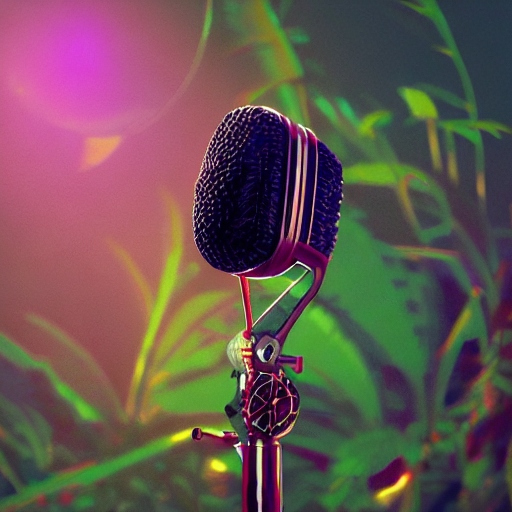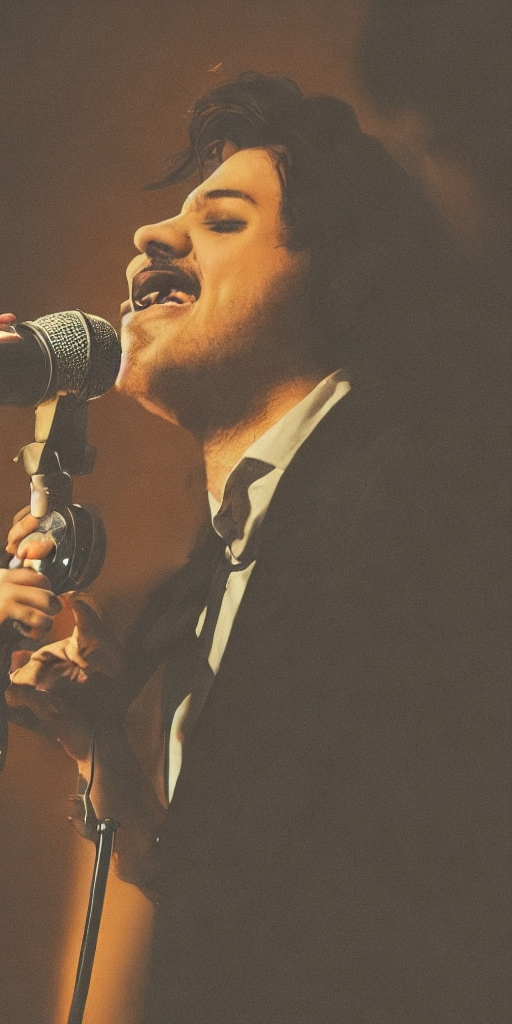
How to Record and Mix Great Vocals for a Professional Sound
Mixing vocals can be the make-or-break factor for any song. While a good vocal mix can elevate a track to new heights, a bad one can leave it sounding flat and uninspiring. In this article, we will explore the importance of mixing vocals and provide tips on how to achieve great results. We will also introduce Chosen Masters, a cloud-based audio mastering app that makes it easy to mix vocal stems and loops while saving time and money.
The Art of Mixing Vocals
Mixing vocals is an art form that takes years of experience to master. The best vocal engineers in the world, such as Chris Lord-Alge, Tony Maserati, and Andrew Scheps, have honed their skills through countless hours of practice and experimentation. However, even beginners can achieve great results with some basic knowledge and the right tools.
The Importance of Recording Quality
The quality of the vocal recording is crucial when it comes to mixing vocals. A great mix starts with a great recording, so it's important to ensure that the vocalist is recorded in a quiet environment with a good microphone. If the recording is not up to par, no amount of mixing will be able to fix it.
Cleaning Up the Audio
Once you have a good recording, the next step is to clean up the audio. Remove any unwanted noise, pops, or clicks that may have been picked up during the recording process. This will ensure that the vocal track is as clean as possible and ready for processing.
Processing the Vocal Track
Now it's time to start processing the vocal track. The first step is to set the levels, making sure the vocal is loud enough to cut through the mix but not so loud that it overpowers everything else. Next, use EQ to shape the tone of the vocal. Boost the frequencies that bring out the character of the vocalist's voice while cutting any frequencies that are causing unwanted resonance or harshness.
The Importance of Compression
Compression is the next key tool in vocal mixing. A compressor can even out the levels of the vocal, making the quiet parts louder and the loud parts quieter. This creates a more consistent vocal sound that sits better in the mix.
Adding Depth and Space to the Vocal
Finally, use reverb and delay to add space and depth to the vocal, giving it a sense of place in the mix.
Using Chosen Masters for Vocal Mixing
While vocal mixing can be time-consuming and expensive, Chosen Masters offers a cloud-based audio mastering app that makes it easy to mix vocal stems and loops. The app provides a range of processing modes, like Warm or Modern. The app is designed to save you time and money without sacrificing quality.

History of Recording Vocals in Music
The history of recording vocals in music dates back to the late 1800s with the invention of the phonograph. Early recordings were made using large horn-shaped devices that captured sound mechanically, with the vibrations of the singer's voice etching grooves into a wax cylinder or disc.
In the early days of recording, singers often had to stand in front of large horn-shaped microphones and sing at full volume to ensure their voice was captured. This led to a more theatrical and exaggerated vocal style, which can be heard in early recordings of artists like Al Jolson and Enrico Caruso.
As technology improved, singers were able to use more subtle vocal techniques and mic placement to achieve a more natural and nuanced sound. In the mid-20th century, the development of multitrack recording allowed for greater control over individual elements of a recording, including vocals. This led to the rise of the "studio singer" and the use of overdubbing and comping to create polished vocal performances.
Today, advancements in technology continue to shape the way vocals are recorded and processed, but the importance of a quality vocal recording remains a constant. By choosing the right microphone for the job, and investing in a quality piece of equipment, producers and recording artists can capture the nuances of a singer's voice and create recordings that truly showcase their talent.
Selecting the Right Microphone and Why its Important
Choosing the right microphone for recording vocals is crucial for achieving a high-quality vocal sound. There are several types of microphones commonly used for recording vocals, including dynamic, condenser, and ribbon mics. Each type has its own unique characteristics, and the choice ultimately depends on the desired sound and recording environment.

Types of Microphones
Condenser microphones are often preferred for recording vocals because of their sensitivity and ability to capture detail. They require phantom power and are more fragile than dynamic mics, but can produce a more natural and transparent sound. Some popular condenser mics for recording vocals include the Neumann U87, AKG C414, and Shure KSM32.
Dynamic microphones are also commonly used for recording vocals, particularly in live settings or when a more rugged microphone is needed. They are less sensitive than condenser mics, but can handle high sound pressure levels without distorting. Some popular dynamic mics for recording vocals include the Shure SM7B, Electro-Voice RE20, and Sennheiser e945.
Ribbon microphones are known for their warm and natural sound, and can be a great choice for recording vocals, particularly in a studio setting. However, they are also more fragile than dynamic mics and require careful handling. Some popular ribbon mics for recording vocals include the Royer R-121, AEA R44, and Coles 4038.
Importance of a Good Mic
Regardless of the type of microphone chosen, it's important to remember that a good mic is essential for capturing a high-quality vocal recording. A cheap or poorly-made microphone will not accurately capture the nuances of the singer's voice, and can introduce unwanted noise and distortion into the recording. Investing in a quality microphone can make a big difference in the final product.
Conclusion
Mixing vocals is an important part of the mixdown process, and it takes a skilled engineer to get it right. However, with a good recording, some basic processing, and the right tools, anyone can achieve great results. Chosen Masters is the perfect tool for achieving professional-sounding vocal mixes, whether you're a seasoned pro or just starting out. Try it out and see for yourself how easy and affordable it can be to create great-sounding vocal tracks.
Want more great audio tips? Checkout other articles from our blog!